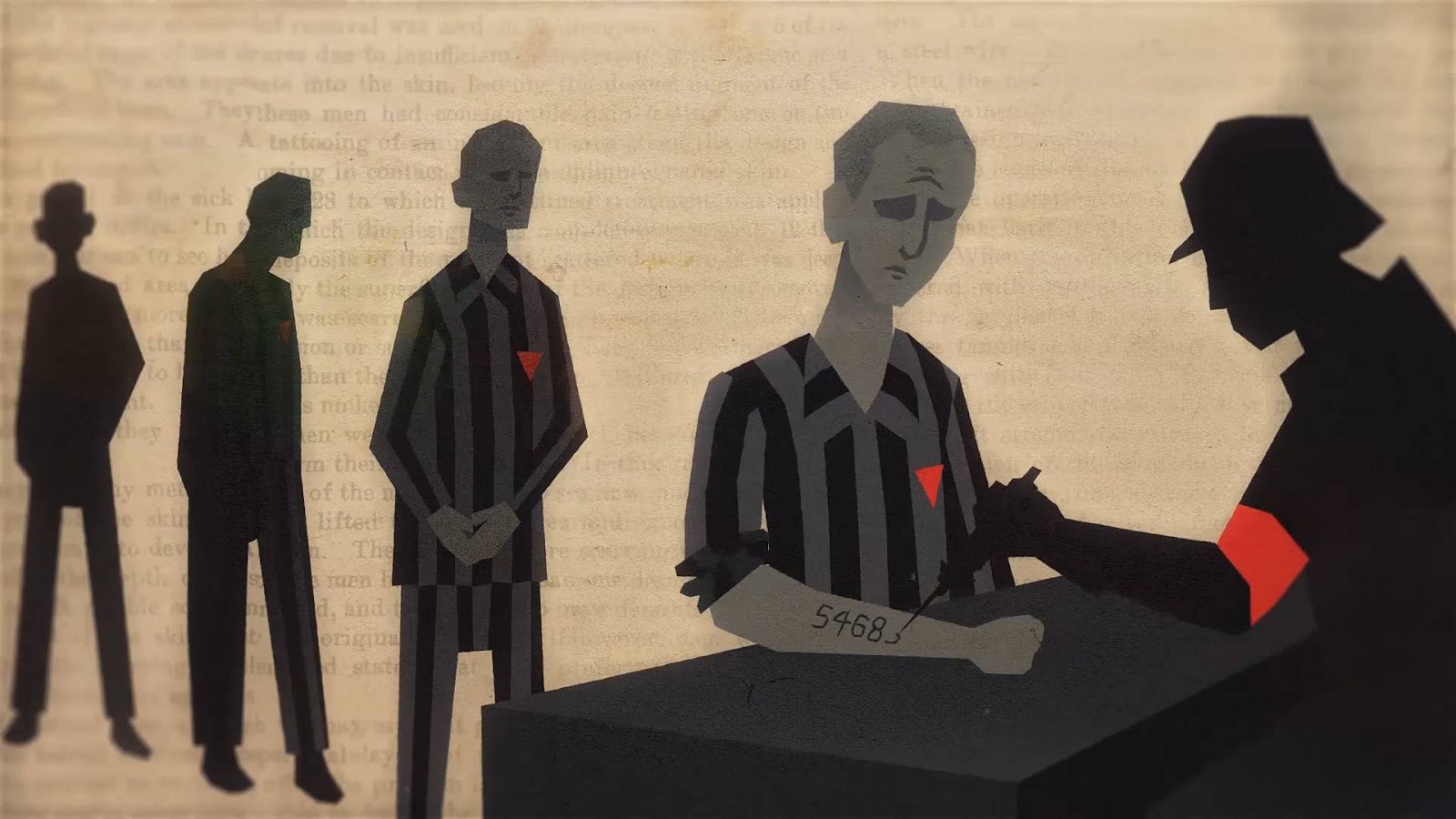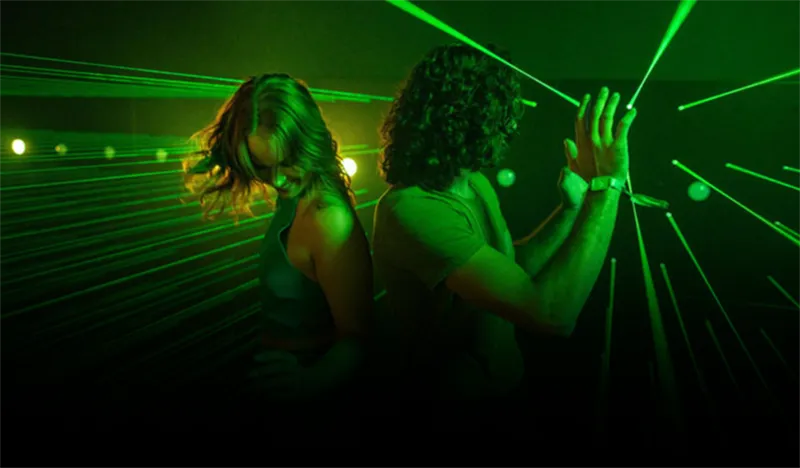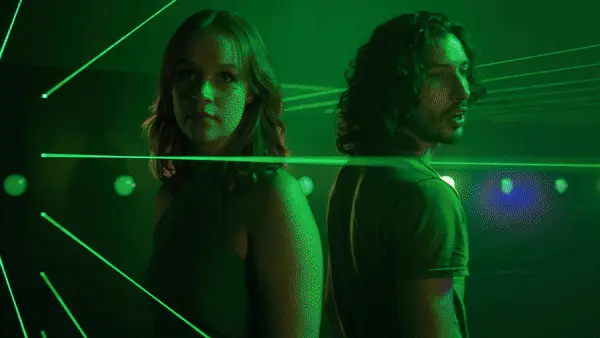5
minute read

Sasha Sivan Bortnik’s 2D animated doc short is narrated by her great uncle, Naftali Deutsch. In this visually mesmerizing and deeply moving film, Naftali recounts his harrowing journey as a 12 year old boy during the Holocaust and how he survived multiple concentration camps. The film begins in the spring of 1944 when he and his entire family are forced to leave their home in Kimyat, a village in the Carpatho-Ukraine region, and are sent to Auschwitz.
Sasha was kind enough to answer our team’s many questions about this very special short film.

Where did the story for A Head Shorter come from, and what has it meant to you personally?
A Head Shorter is the true story about my great uncle Nafatli Deutsch, so it's very personal to me. It is a small, yet powerful, glimpse into Naftali's experience as a 12 year-old boy during the Holocaust. I come from a family of Holocaust survivors, and I'm so grateful to have had the opportunity to interview at least one of my surviving family members. I'm so inspired by Naftali and his strength and resilience. I learned so much from making this film. I learned lessons I will never forget, I carry them with me all the time.
The animation has such a unique look and feel - our judges loved it! Why did you choose animation as the medium for this film?
Thank you! I chose animation because it is an effective means of time travel. My goal was to immerse the audience in Nafatli's story in a way that made them feel as if they were witnessing it themselves. I found animation more powerful than dramatic reenactment for this particular story, because Naftali is such a talented and powerful storyteller, and I thought the animation really brought his words to life and vice versa. Visually and tonally, I was inspired by the Maus comic books along with World War II propaganda posters.

Did choices around things like color scheme and pace of movement come into play? The muted colors, cadence and simplistic motions seemed absolutely perfect for the gravitas of the story.
Yes, for sure! I was heavily inspired by WWII propaganda posters in terms of color, simplicity, and strength. There is something bone chilling about how simple and straightforward so many of these propaganda posters were, and like you said, I found it very appropriate to have a victim and survivor of WWII share his story along with these images.

Why do you think the story moves viewers as deeply as it does, without emotionally-charged dialogue, heavy drama, etc.? Was there deliberation around relying on the events of the story to move the audience, rather than an emotional, dramatic performance?
I relied on the story itself and the way the narrator and subject wanted to tell it, and that was definitely deliberate. This is Naftali's story to tell, and I wanted to stay away from doing anything to manipulate it or get in the way of his style and who he is. So much of my motivation for making this film was to immortalize not only Naftali's story, but all Holocaust stories, and to capture the truth and experience of those who were there. There are many reasons I think his story is moving. One of them being that it's honest and genuine, and to me that is the biggest reason people connect with it. In addition to that, it's a remarkable true story about survival told by a man of such strength and vulnerability and resilience. And I think it's very moving and inspiring to witness a victim and survivor of the Holocaust retell his story with such openness and triumph. Not to mention that all of the events in A Head Shorter took place while Naftali was only 12 and half years old. He is an extremely impressive and fascinating man.
Did your research bring other stories to your attention that you considered including in this film or depicting in future projects?
I came across a lot of compelling and disturbing stories, but none of which I considered including in A Head Shorter. This film was always intended to focus on Naftali and his experience and what happened to him from his perspective. For future projects, I was particularly drawn to stories about the concentration camp brothels and their victims, and I've started thinking about how I can bring some of those stories to light.
What can we expect to see from you in the future? Do you plan to create more animation works?
I definitely plan to create more animated documentaries. I'm really inspired in the documentary space and hope to continue to create more work in a similar format to A Head Shorter. So stay tuned!!



